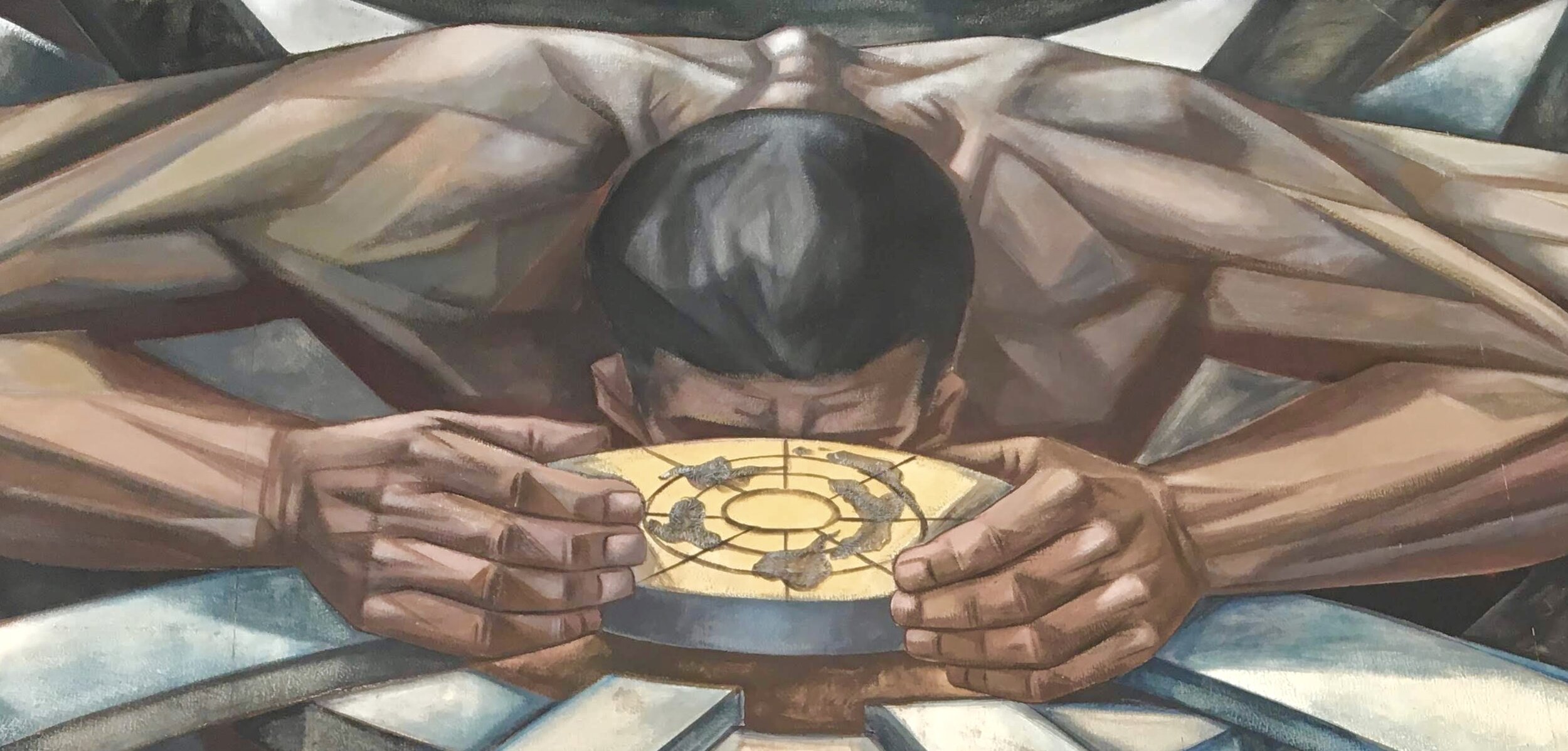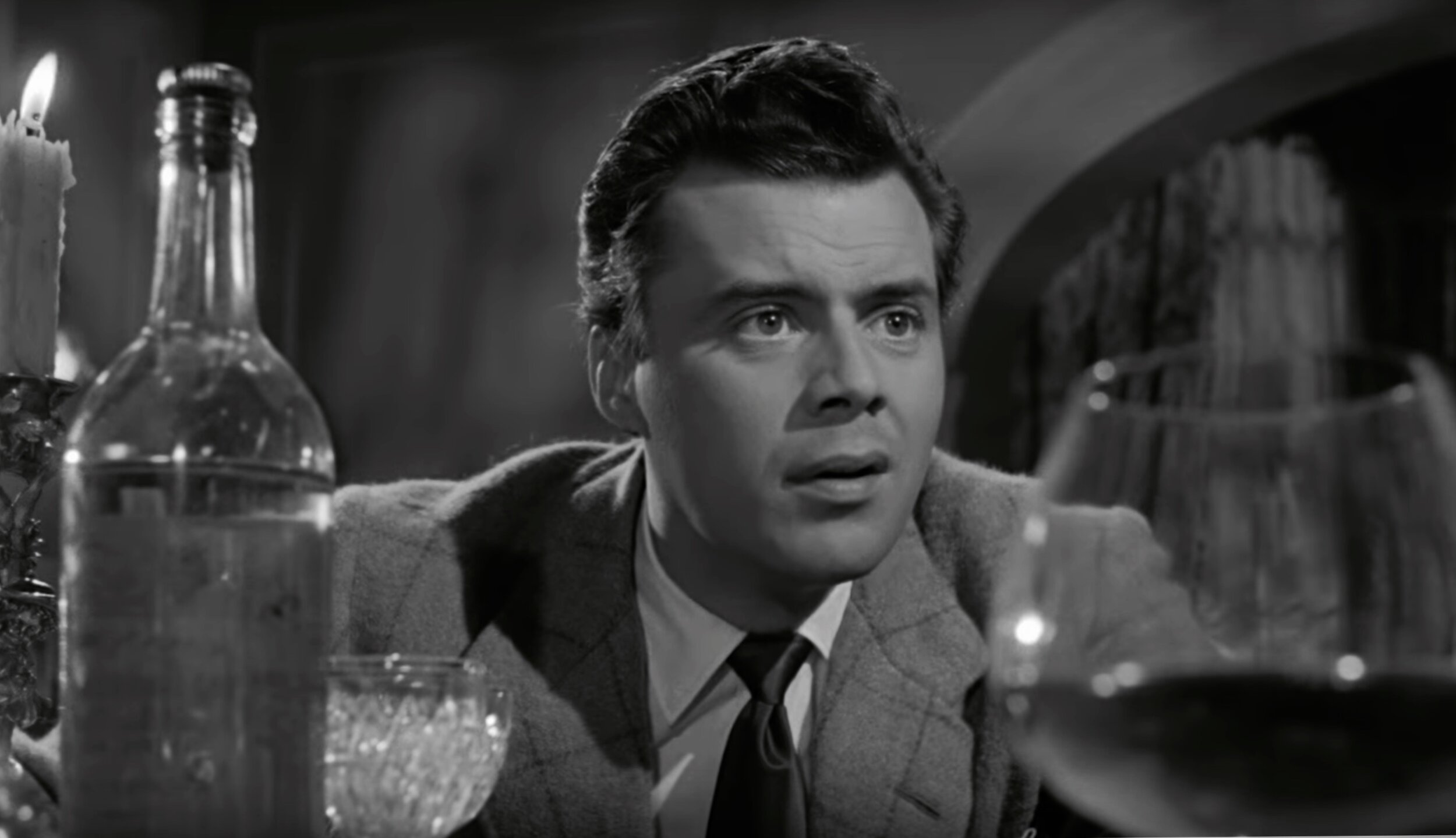Top Ten Albums (released in March)
1. Pino Palladino and Blake Mills- Notes With Attachments
My review.
2. Nik Bärtsch- Entendre
Erik Satie in the NFT era.
3. Lana Del Rey- Chemtrails Over the Country Club
Flying high.
4. Pat Metheny- Road to the Sun
My review.
5. Charles Lloyd & The Marvels- Tone Poem
Urbane hillbilly jazz.
6. Danish String Quartet- Prism III
Beethoven, Bartók and Bach.
7. Camilo- Mis Manos
The soundtrack of my imaginary spring break.
8. Gretchen Parlato- Flor
My review.
9. Arab Strap- As Days Get Dark
Everything’s getting older.
10. DJ Muggs the Black Goat- Dies Occidendum
How I could just kill a man.
Top Ten Songs (released in March)
1. Jorja Smith- “Addicted”
Rehab.
2. Denzel Curry- “Track 07” (Georgia Anne Muldrow remix featuring Arlo Parks)
Third eye open.
3. Show Me the Body- “Rubberband”
Snapped.
4. The Streets- “Who’s Got the Bag (21st June)”
Please recycle.
5. St. Vincent- “Pay Your Way In Pain”
In arrears.
6. Benny the Butcher featuring Fat Joe- “Talkin’ Back”
Lean back.
7. Loretta Lynn- "I Don't Feel at Home Anymore"
I feel like going home.
8. SZA- "Good Days"
A time to be born, and a time to die.
9. Connor Leimer- "Little Rules"
Made to be broken.
10. J Balvin- “Tu Veneno”
Poison.
Top Ten Movies (viewed for the first time in March, in lieu of live music)
1. Wings of Desire/Der Himmel über Berlin (1987)
And to think Berlin once topped my list of dream destinations.
2. Nomadland (2020)
State of the union.
3. Juliet of the Spirits/Giulietta degli spiriti (1965)
Fellini’s psychedelic depiction of middle-aged angst.
4. Berlin: Symphony of a Metropolis/Berlin: Die Sinfonie der Großstadt (1927)
Eerie documentation.
5. Paris, Texas (1984)
Ennui never looked so good.
6. Milford Graves: Full Mantis (2018)
Relevant vibrations.
7. Cast a Dark Shadow (1955)
Murder most noir.
8. Sparkle (1976)
Something I can feel.
9. Judas and the Black Messiah (2020)
Big shoulders.
10. The Exterminating Angel/El ángel exterminador (1962)
Death trap.
February’s recap and links to previous monthly surveys are here.









